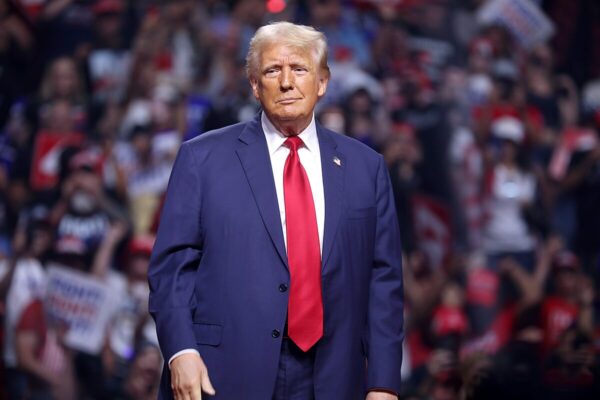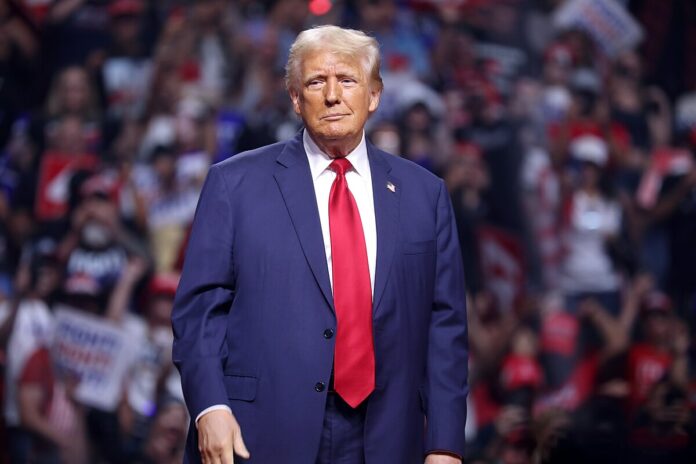WASHINGTON D.C. – As the first wave of President Donald Trump’s sweeping 10% tariffs took effect, the former president issued a rallying cry to the American public, urging them to “hang tough” amid anticipated economic turbulence. The tariffs, designed to reshape global trade dynamics, have already sent shockwaves through international markets, prompting concerns about escalating trade tensions.
The tariffs, a cornerstone of Donald Trump’s “America First” economic agenda, impose a baseline 10% duty on a broad range of imported goods. Additionally, “reciprocal” tariffs, with higher rates, are set to be applied to specific nations deemed to have unfair trade practices with the United States.

Key developments:
- Trump’s Stance:
- In social media posts, Trump reiterated his belief that the tariffs will revitalize American manufacturing and create jobs. He asserted that the tariffs are necessary to address what he perceives as unfair trade practices by other nations.
- He conveyed a message of resolve, acknowledging that the initial impact may be challenging, but emphasizing that the long-term benefits will be “historic.”
- Global Market Reaction:
- The announcement and subsequent implementation of the tariffs have triggered significant volatility in global financial markets. Stock markets have experienced sharp declines, reflecting investor anxieties about a potential trade war.
- Concerns are rising about the potential for increased consumer prices and disruptions to supply chains.
- International Responses:
- Several countries have expressed strong opposition to the tariffs, with some threatening retaliatory measures. China has already announced retaliatory tariffs of its own.
- There is also legal challenges being brought forward to the WTO.
- Economic Concerns:
- Economists are warning of the potential for the tariffs to lead to increased costs for American consumers, as businesses pass on the added expenses.
- There are also fears that the tariffs could disrupt global supply chains, harming businesses that rely on imported components.
The situation remains fluid, with the potential for further escalation as nations respond to the new tariffs. The coming weeks will be critical in determining the long-term economic impact of these measures.
